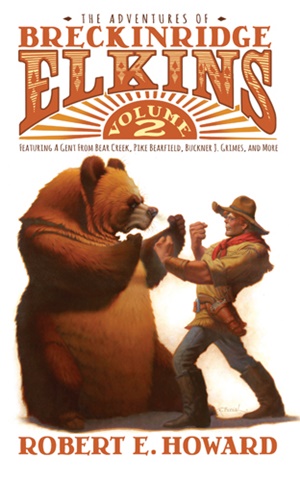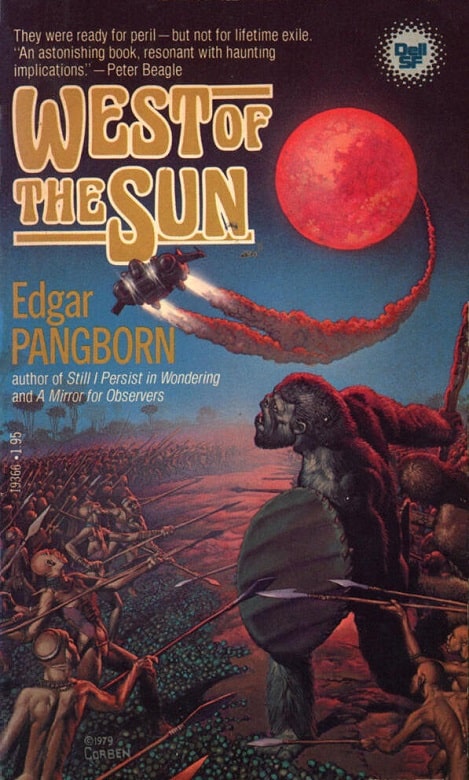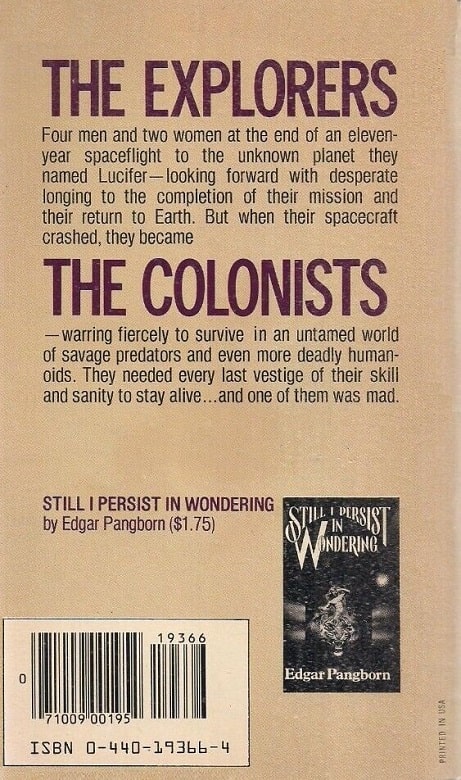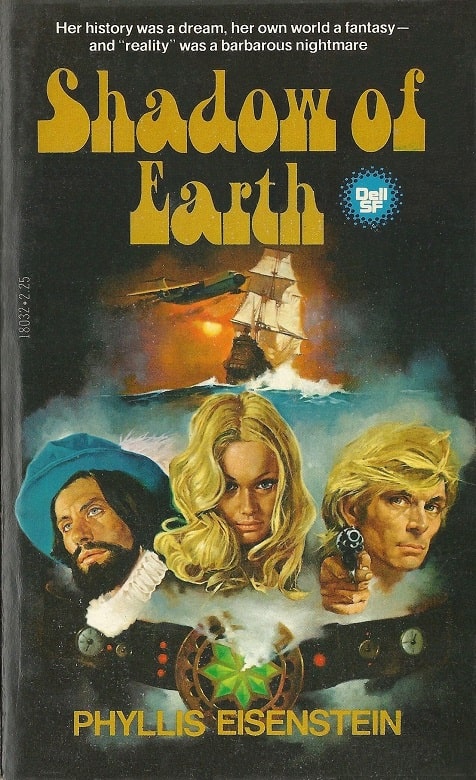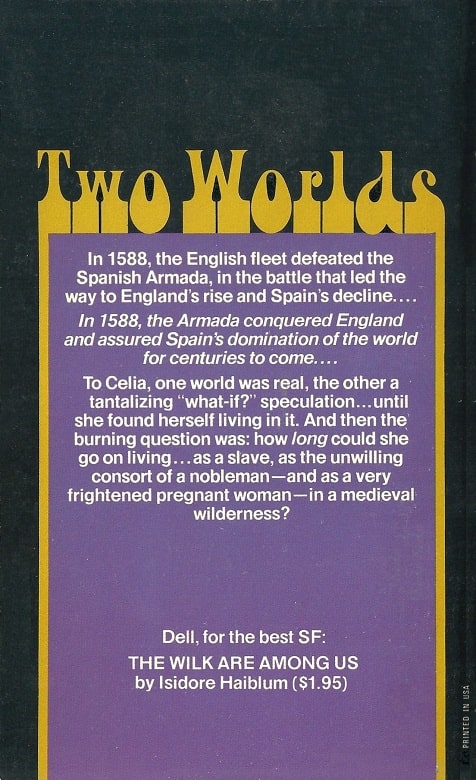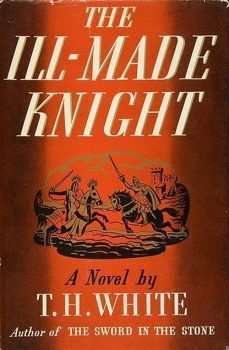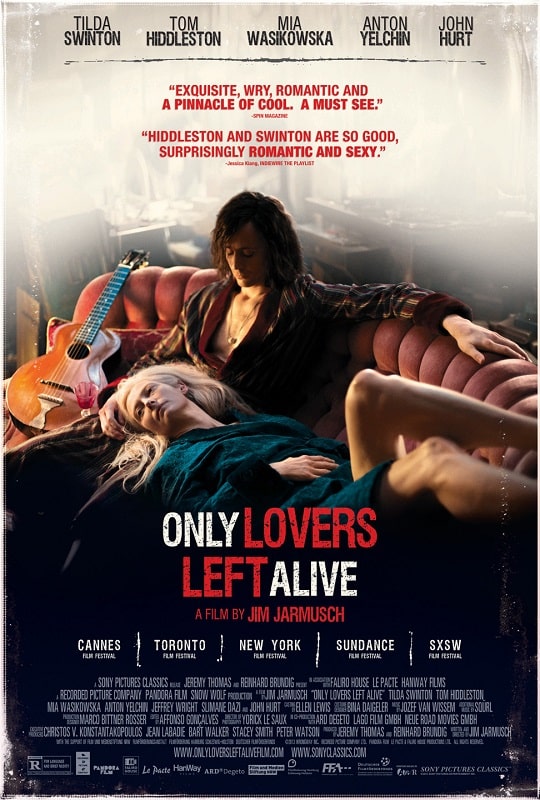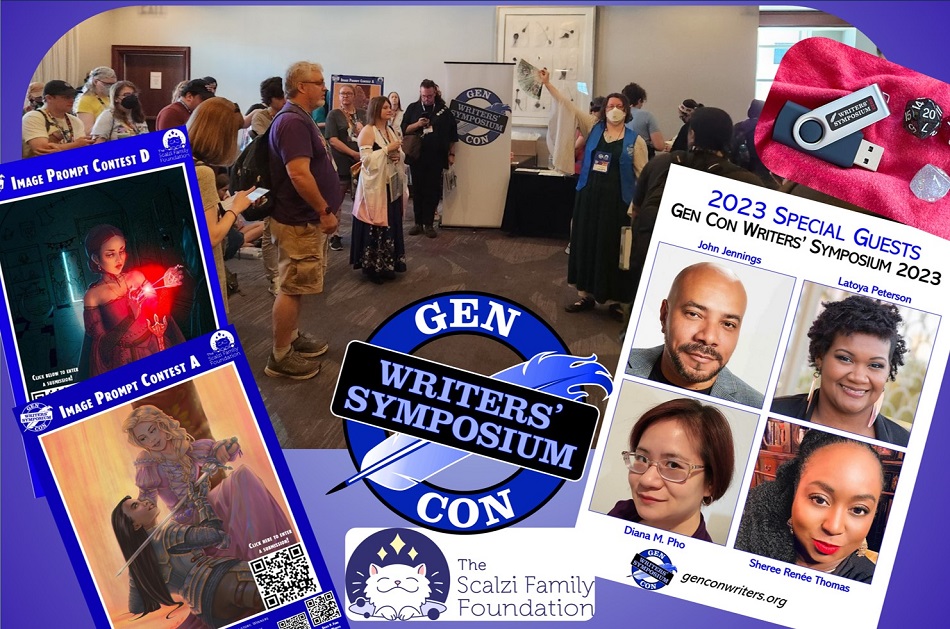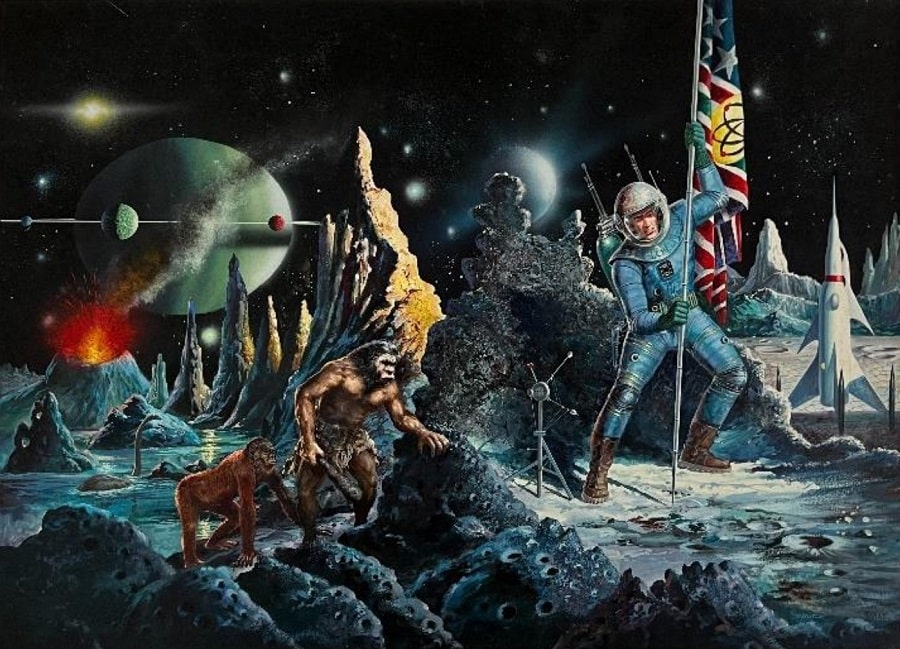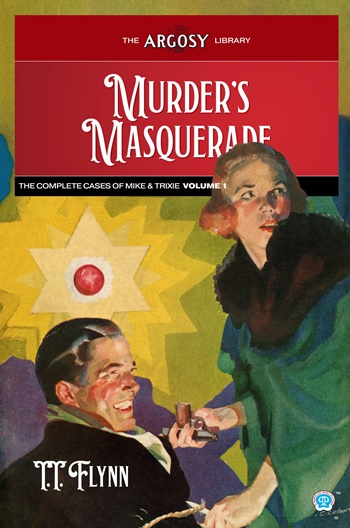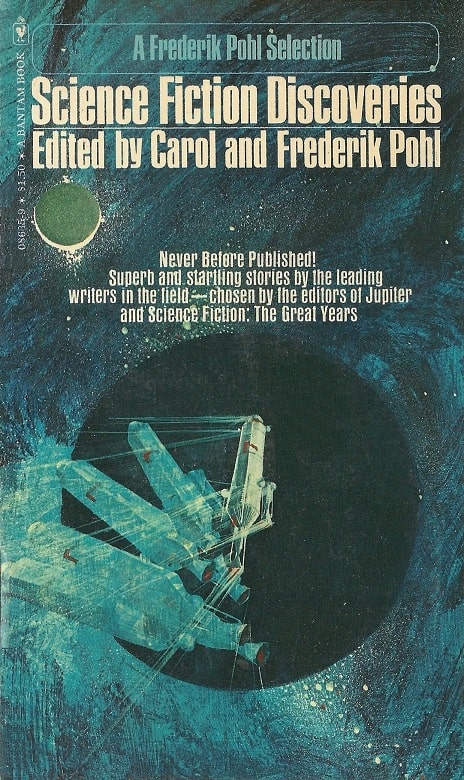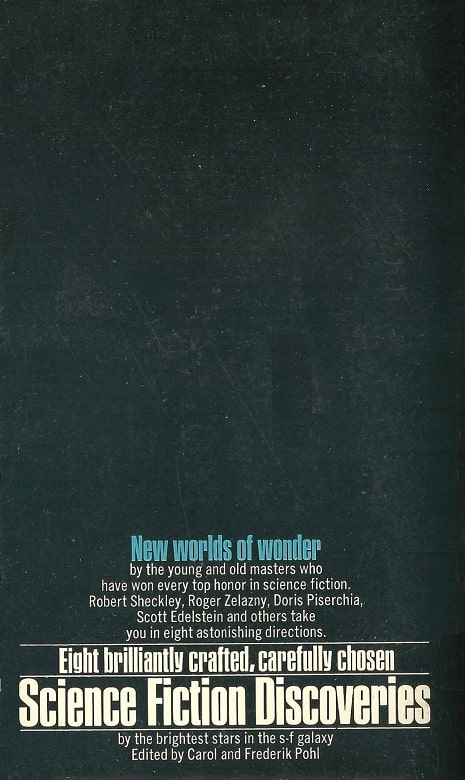How Reviews Help Authors

G’day, Readers!
I’m sure that any reader who follows any writer will have heard the plaintive cries from any one or perhaps all of that author’s social media, pleading for a review. Any review. It doesn’t have to be a good one. Or very involved. For the love of all things good and green in this world, would you please leave a review! You’re probably sick to death of it, actually. Don’t fret, writers are sick to death of asking, as well. Unfortunately, reviews do help, and they’re one of the few things that are actually useful in helping an author out; particularly those of us who are largely unread and struggling to be seen in a very flooded market.
It seems like such a silly thing to be true — that someone’s opinion could matter so much in helping a book and its writer find their place in the world. Surely any other avenue would work, no? Well… perhaps a little, but nothing else has the impact of a review – both individually and as a cumulative effect. Even negative reviews can absolutely help! If ever you’re hesitating to post a review, let me try my best to convince you.
Yes, my motivations are entirely selfish. Shall we?
